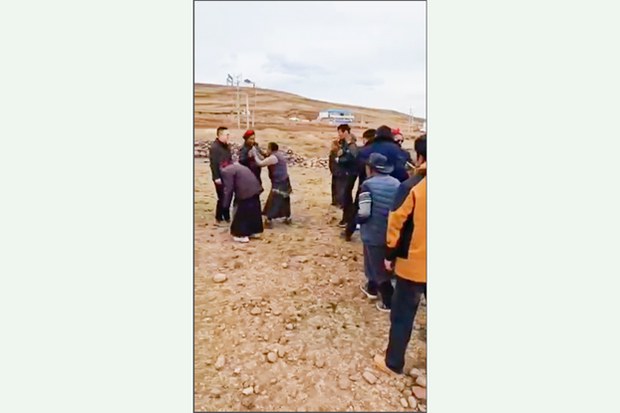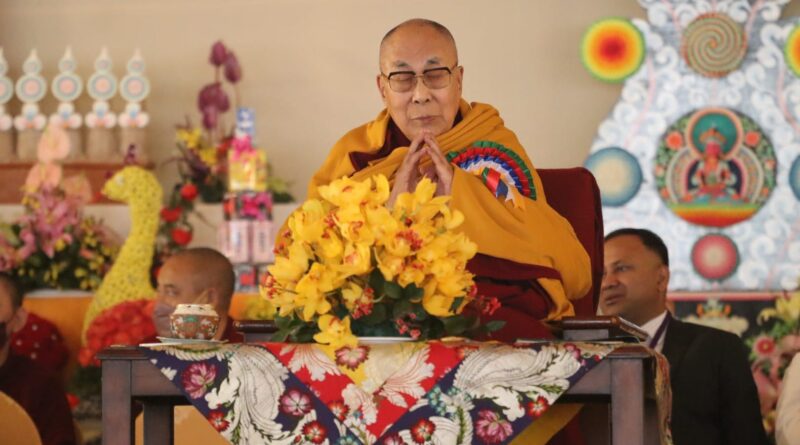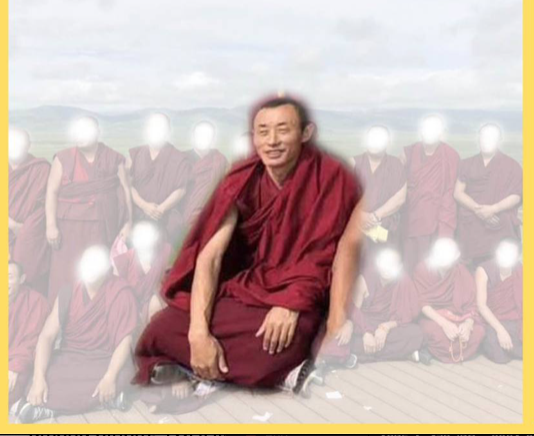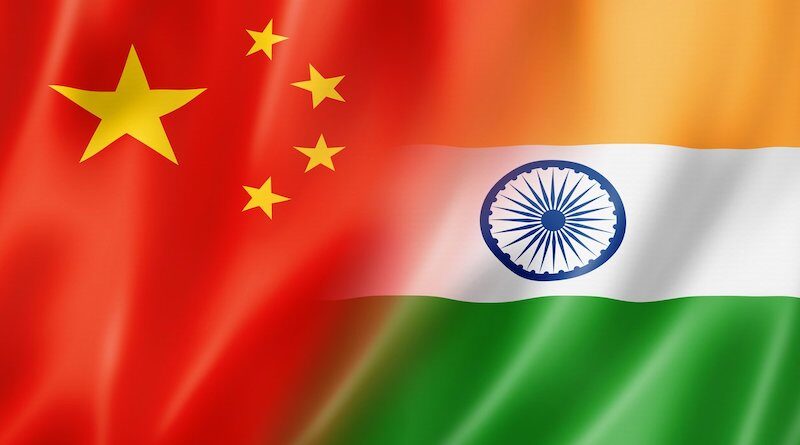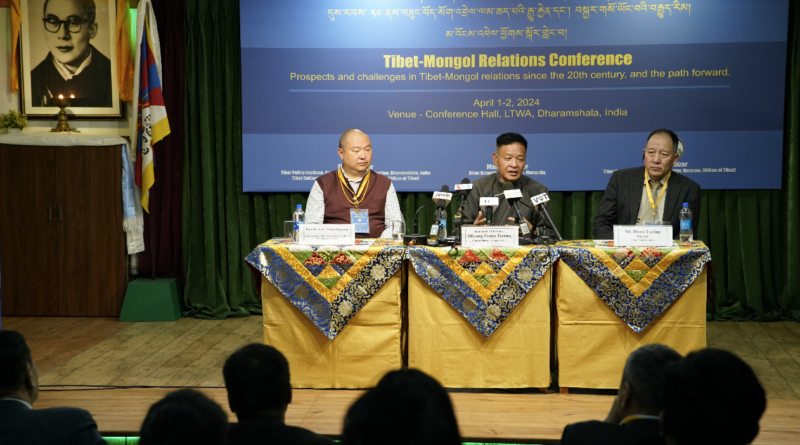Tibetans Protesting Land Grab Face Arrest in Markham
By Tsering Choephel
DHARAMSALA, 17 April: Four Tibetans have been arrested and subsequently detained by the Chinese police after staging a protest against the Chinese authorities’ land expropriation in Markham, in the traditional Tibetan Province of Kham, reported RFA on 15 April, citing three sources from Tibet.
Read more
